How to Choose The Best Lighting for Growing Tomatoes Indoors
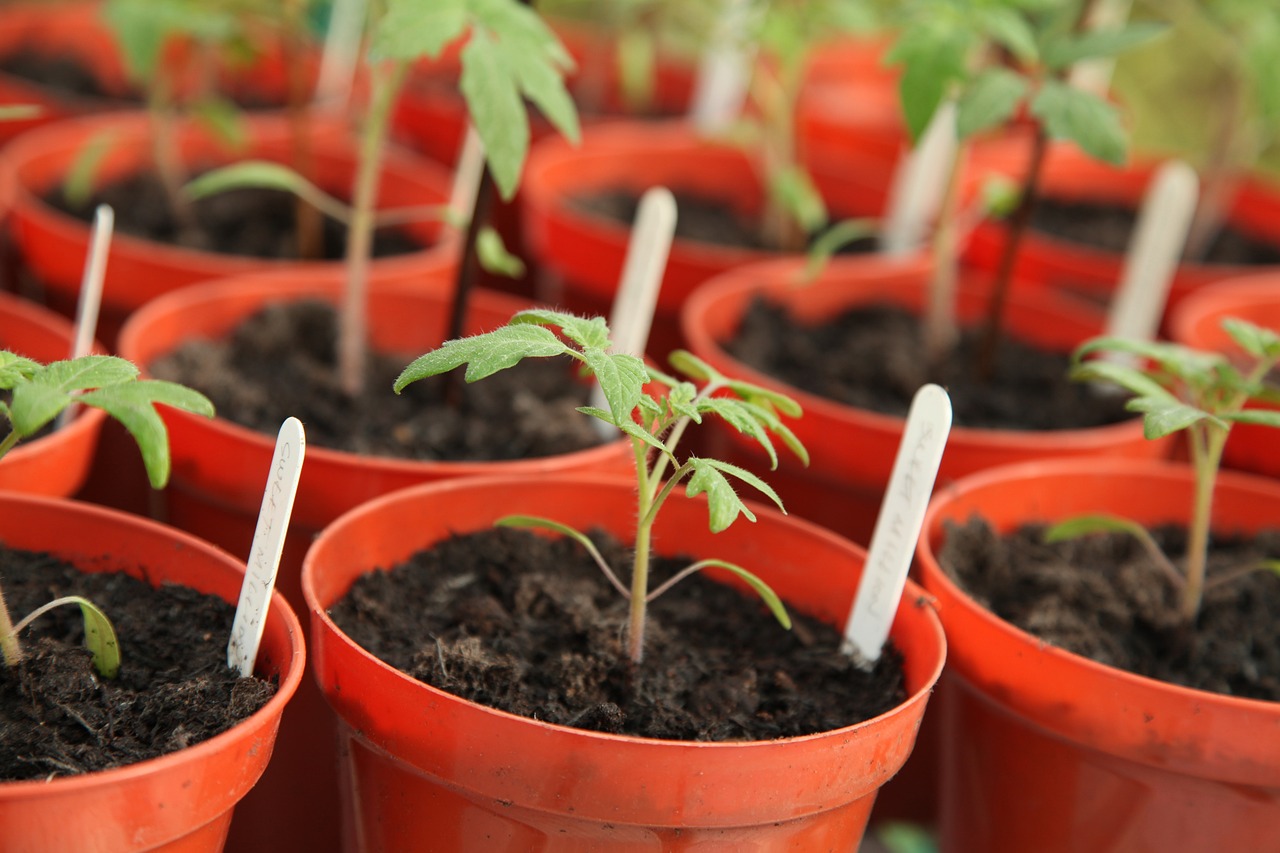
So, now that you have decided to enjoy the taste of fresh home grown tomatoes throughout the year, it is time to make sure that you provide the right conditions for your plants to thrive and produce good fruits. Yes, when you grow your tomatoes indoors, you need to make sure they are provided the right temperature, good air circulation, good nutrition, and good lighting. Probably the most important of all these is sufficient lighting.
Yes, all plants need light for photosynthesis and tomatoes are no exception. Probably the most difficult decision for all home gardeners who are growing their tomatoes indoors is to choose the best lighting for their plants. Here are certain things you should keep in mind while making this very important decision. The intensity of the light is an important thing to consider since it will have a big impact on the stems, the leaves, and the blossoms. However, the intensity is something that can be varied by increasing or decreasing the distance of the light source from the plant. So, if you want to increase the intensity, you just need to bring the light source closer to the plant.
Fluorescent lighting can be used to provide sufficient light to your tomato plant right from the time the seeds have germinated to the time the fruits are set. You can use the standard fluorescent bulbs for this purpose. However, you will need to place them very close to the top of the plant so that it receives the required intensity.
If you can afford something slightly expensive, you can consider buying compact fluorescent lights since they are more efficient. You can use metal halide also to get a higher intensity of light for your plants. These are ideal for the time when the plant is growing. During the development of fruits, you can use high pressure sodium lights.
A combination of these three lights during the two different stages of growth is probably the best way to provide sufficient lighting to your tomato plants. High intensity light will kill your seeds, so you can not use metal halide during this stage. So, you can start your seeds under fluorescent grow lights, use metal halide for the growth of the plant, and high pressure sodium lights for the time when the fruits are setting.
Remember to place your lights about 3-4 inches above the top of the plant. If the light is further up, you will get leggy plants with long stems and this is not good for the healthy growth of your plant. When germinating the seeds, make sure the light source is placed as close to the seed bed as possible. You also need to consider the fact that the plant will be about three feet tall. So, make sure the lights are placed properly in such a way that you can move them up as the plant continues to grow.
Tomato plants require around 16 hours of light to grow and set fruit. However, they also need their dark time so make sure to create conditions to provide both day time and night time conditions for your plant. And of course, do not forget to water and fertilize them well.
The Author:
Jimmy Casperson is a tomato growing enthusiast. Visit Growing Tomatoes Secrets for more expert advice on growing tomatoes indoors, and other tips you can use right now to grow better tomatoes at home.

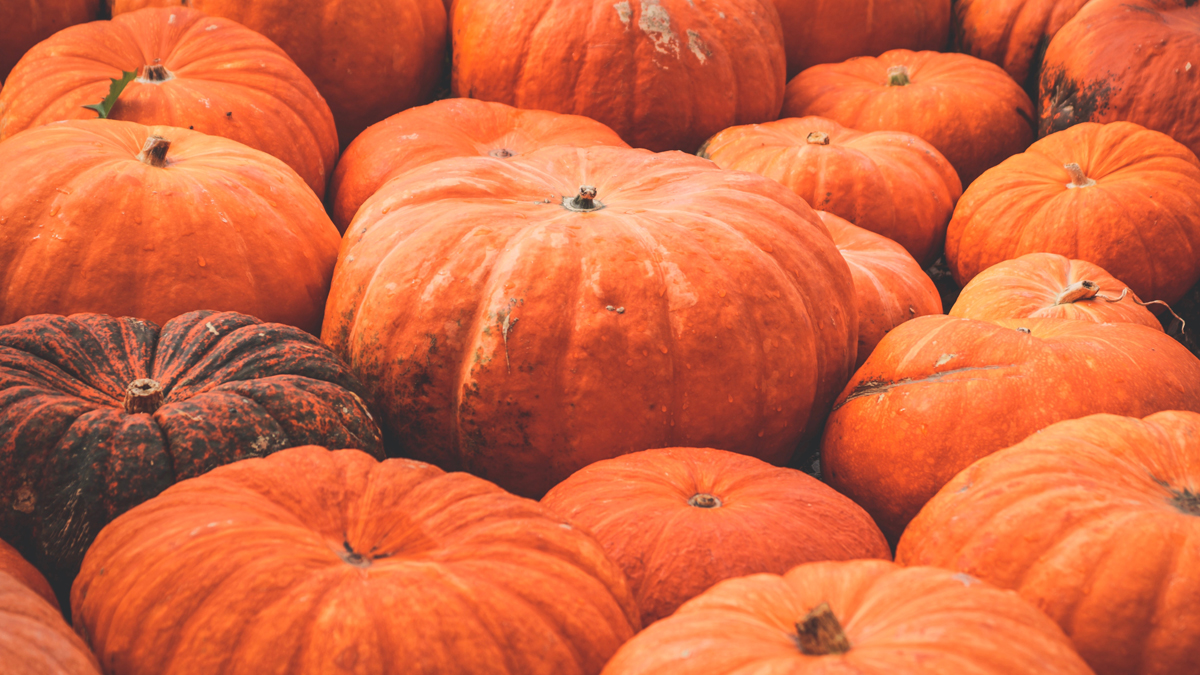

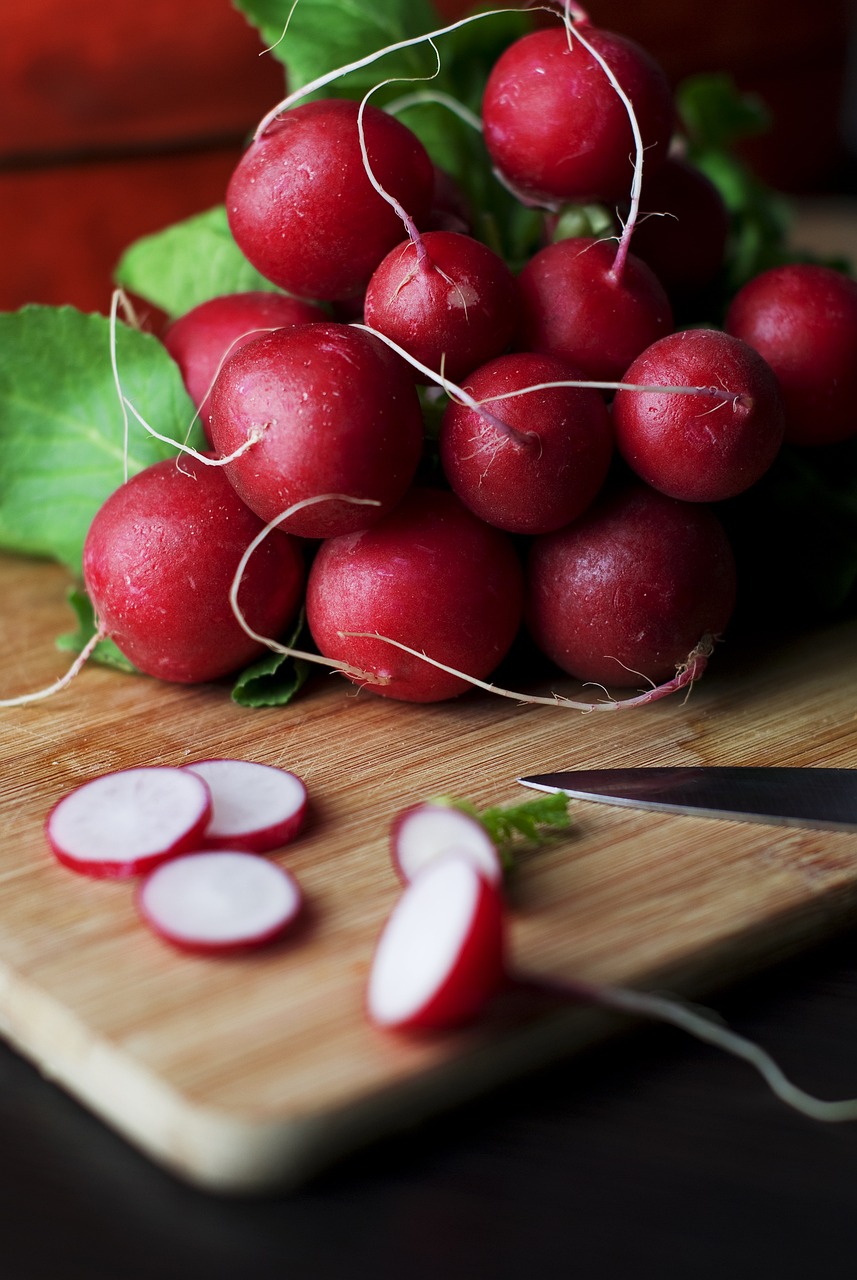
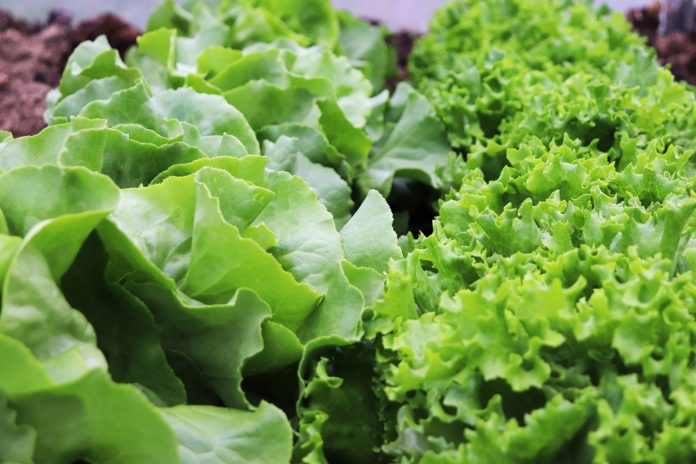
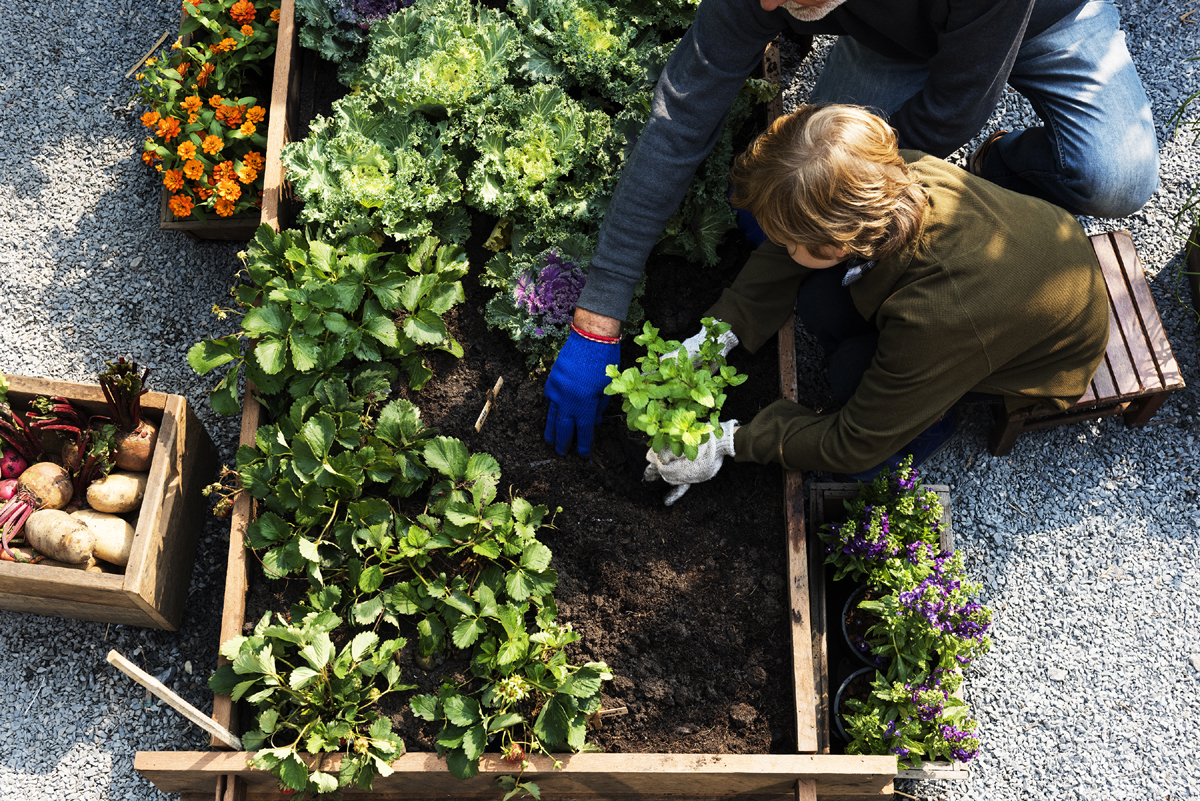
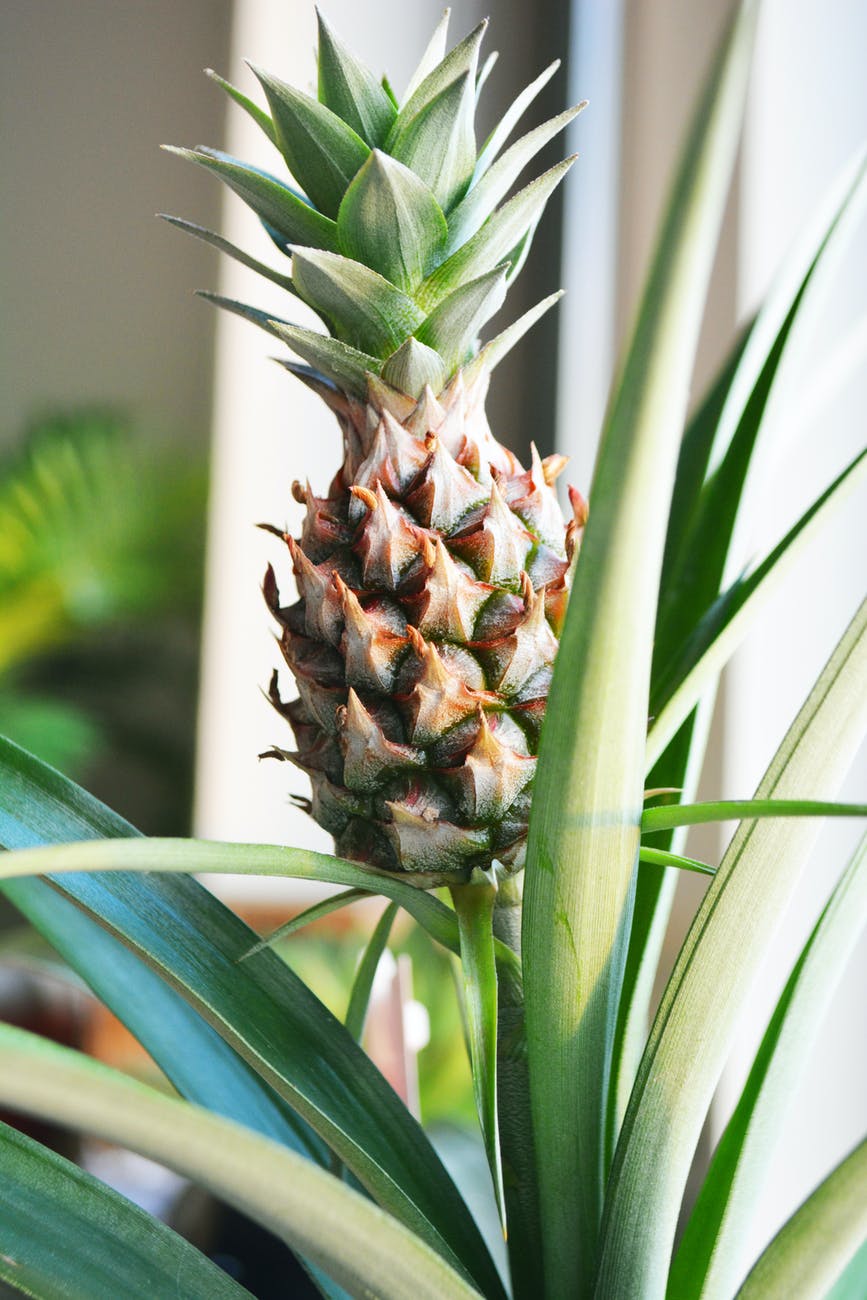
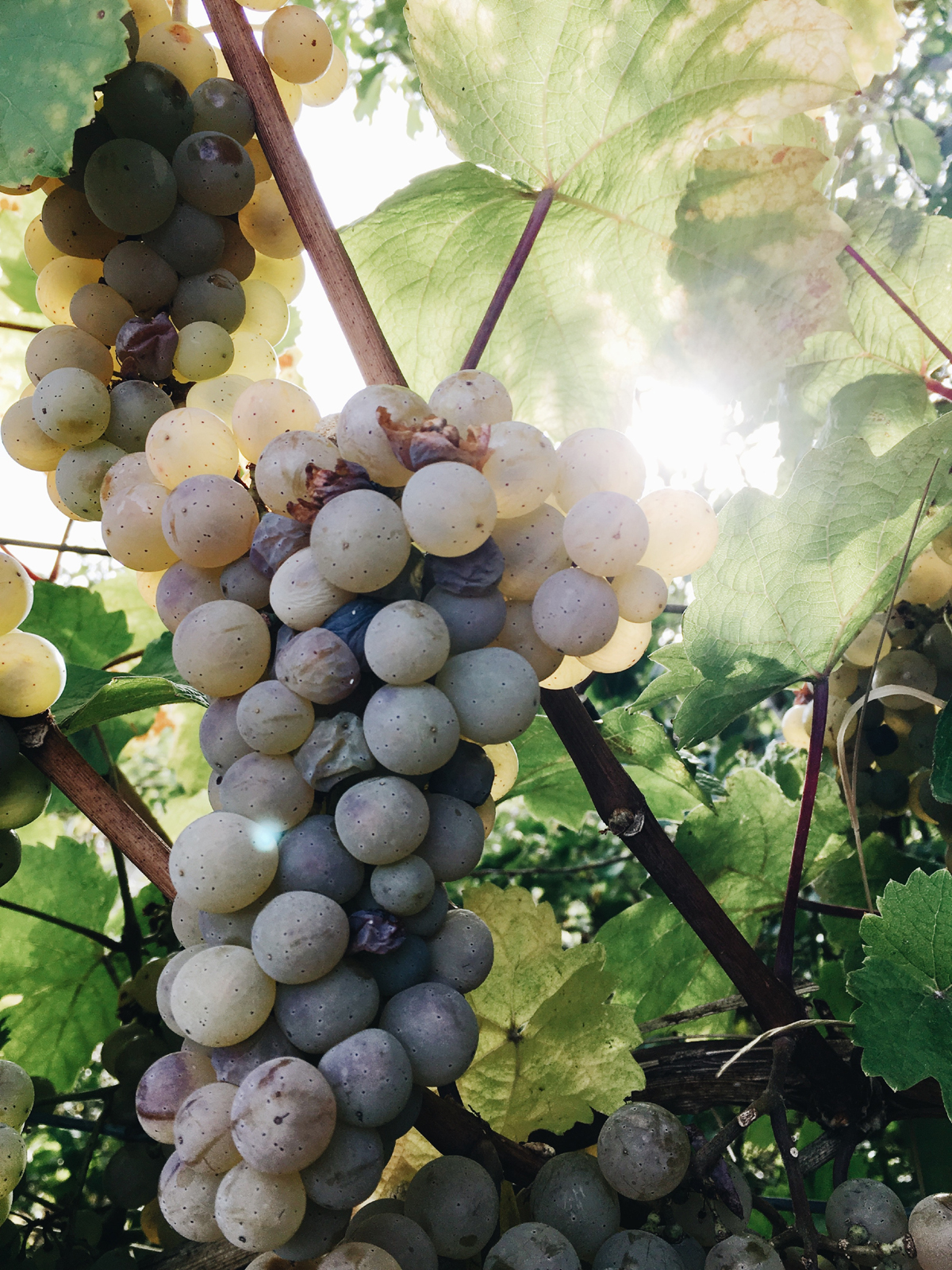
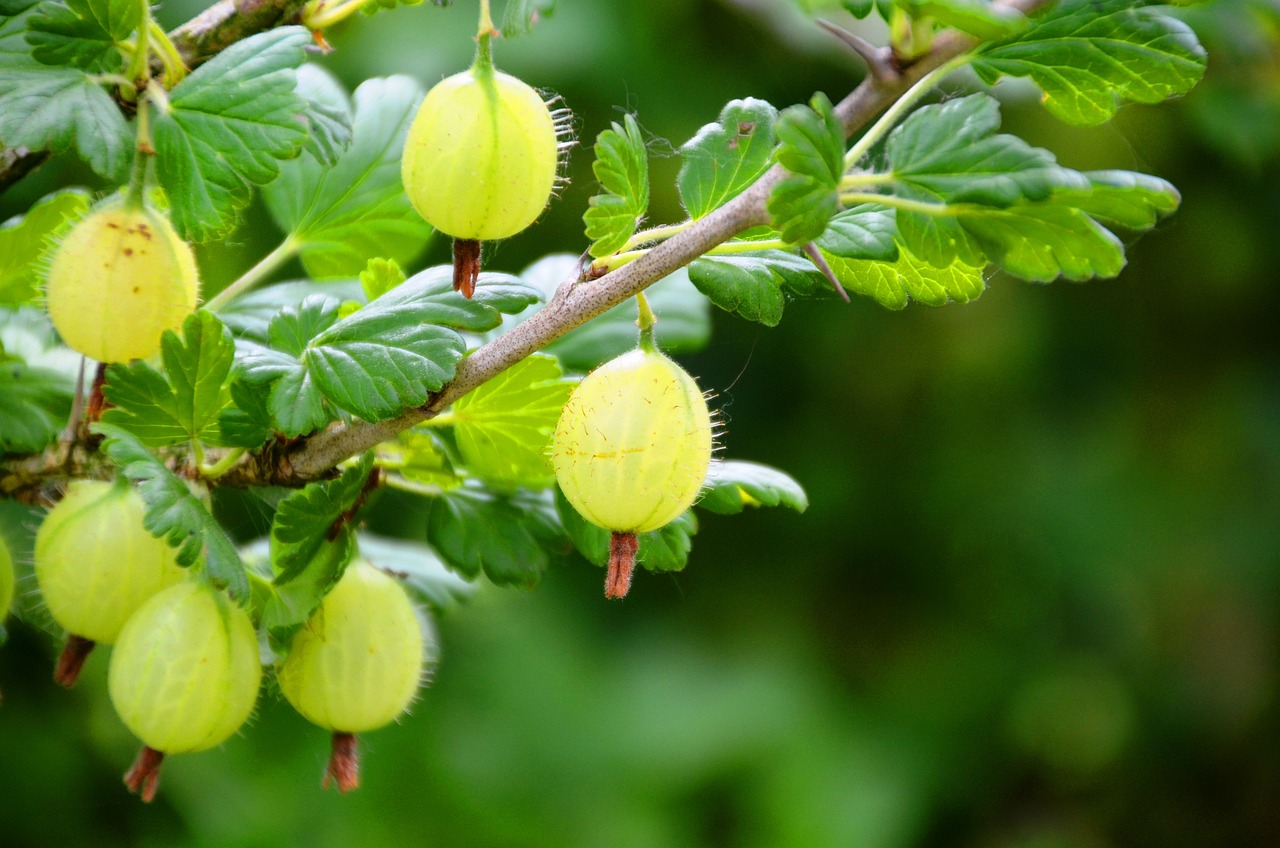
I intend to grow a tomato plant in my home made grow house over winter. The grow house is lined with silver sarking for insulation and light reflection. It is 1.8m high 700mm wide and 700mm wide. What is the cheapest lighting to use (for power consumption) and purchase cost.
When choosing lighting for your indoor tomato garden, it’s important to consider both power consumption and purchase cost. Here are some suggestions for the most cost-effective lighting options:
1. LED Grow Lights: LED lights are energy-efficient and have a longer lifespan compared to traditional options. They provide a good light spectrum for tomato plants and are available in various sizes and wattages. Look for lights with a high PAR (Photosynthetically Active Radiation) value to ensure optimal growth.
2. Compact Fluorescent Lights (CFLs): CFLs are relatively inexpensive and use less electricity than incandescent bulbs. They emit the wavelengths needed for tomato growth. Consider using reflectors or fixtures that maximize light distribution in your grow house.
3. T5 Fluorescent Lights: T5 fluorescent tubes are a popular choice among indoor gardeners. They are energy-efficient and provide a good spectrum for tomatoes. These lights are also available in different sizes, allowing you to customize the lighting setup according to your grow house dimensions.
3. High-Pressure Sodium (HPS) Lights: While HPS lights tend to be more power-hungry, they can be cost-effective in terms of initial purchase cost. They emit a strong red spectrum, promoting fruiting and flowering. However, be mindful of using proper ventilation and cooling systems as these lights generate quite a bit of heat.
Consider a combination of these lighting options to provide the best coverage for your tomato plants. It’s always a good idea to calculate the total cost of ownership, considering both the purchase cost and ongoing electricity consumption, to make an informed decision.